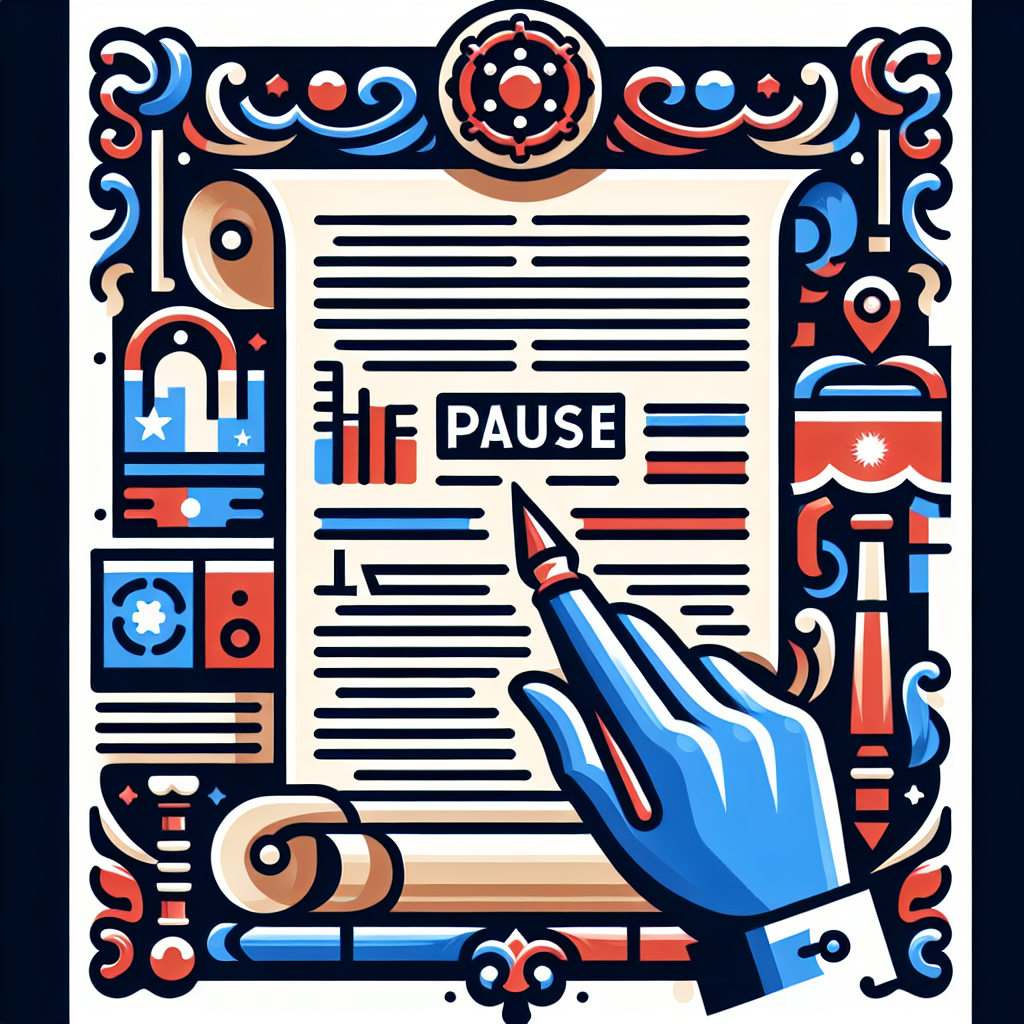In a recent discussion with an old friend who views Donald Trump as a significant threat to democracy, I posed a crucial question regarding the current state of democracy in the United States as defined by the U.S. Constitution. My friend affirmed that we reside within a democratic framework, yet acknowledged uncertainty about whether President Joe Biden effectively holds the executive power as stipulated in Article II of the Constitution. Although he described my approach as overly legalistic, this perspective serves as a critical entry point for evaluating the actual functioning of the executive branch and what it signifies for democratic governance.
Article II of the Constitution clearly delineates the powers of the President, asserting that the executive authority is vested in one individual elected to serve a four-year term. The provision also stipulates a line of succession in the event of the President’s inability to perform his duties, transferring authority to the Vice President. However, recent discussions within the Democratic Party have cast doubt on Biden’s capacity to serve a second term, suggesting he may not be fit to handle the responsibilities associated with the presidency. This raises the question: who currently possesses executive power if it has not transferred to the Vice President?
Despite Biden’s designation as the incumbent president, the ongoing uncertainty about his competency has led to a disturbing reality where executive power appears unanchored. While the Vice President is positioned as the successor, no formal action has taken place to reassign the duties of the presidency, creating a vacuum within the leadership structure. Given the uncertainties of the political landscape, one can justifiably speculate about the implications of having an unclear chief executive. This ambiguity raises concerns about continuity and the legitimacy of decision-making processes crucial to the functioning of American democracy.
In contemplating the overarching implications of this situation, one might argue that America’s democratic principles are already experiencing a form of suspension. Rather than viewing Donald Trump as an existential threat to democracy, some may interpret the current circumstances as indicative of a broader and more insidious decline in democratic governance. If executive authority is in question, the foundational assumptions of a representative government may also be compromised, creating a scenario where democratic norms erode and popular accountability is diminished.
The context of a malfunctioning executive branch raises vital questions about the legitimacy of political narratives surrounding Trump. While his adversaries position him as a disruptive force, ongoing developments regarding Biden’s leadership viability prompt a reevaluation of the dynamics of power. Critics often assert that Trump undermines democratic ideals; however, the specter of an ineffective executive may pose an equally severe risk to the integrity of the democratic process, challenging traditional views on political threats.
As we reflect on the current state of American democracy, it is crucial to recognize the complexities of leadership, accountability, and the functioning of the executive branch. The dissonance surrounding Biden’s command raises fundamental issues about who indeed wields executive power and the implications for democratic governance. Far from merely attributing the decline of democratic norms to Trump, one could argue that restoring clarity within the executive branch represents a critical step toward reestablishing genuine representative government. In this light, a dialogue about the future of democracy must grapple with the deeper issues at play, assessing not just individual leaders but the structures and principles underpinning American democracy itself.

